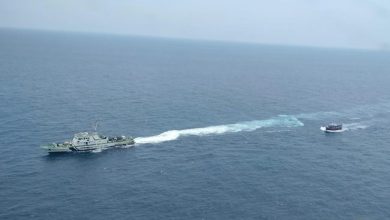Satellite Images Used To Map Poverty
Washington: Stanford scientists have found a low-cost and more reliable method to map poverty in areas previously void of data – by combining satellite images and making use of machine learning.
These improved poverty maps could help aid organisations and policymakers distribute funds more efficiently and enact and evaluate policies more effectively, researchers said. One of the biggest challenges in providing relief to people living in poverty is locating them. The availability of accurate and reliable information on the location of impoverished zones is surprisingly lacking for much of the world, particularly on the African continent.
Aid groups and other international organisations often fill in the gaps with door-to-door surveys, but these can be expensive and time-consuming to conduct. Researchers at Stanford University in the US used machine learning – the science of designing computer algorithms that learn from data – to extract information about poverty from high-resolution satellite imagery.
The team built on earlier machine learning methods to find impoverished areas across five African countries. “We have a limited number of surveys conducted in scattered villages across the African continent, but otherwise we have very little local-level information on poverty,” said
Marshall Burke, an assistant professor at Stanford. The researchers sought to understand whether high-resolution satellite imagery – an unconventional but readily available data source – could inform estimates of where impoverished people live.
The difficulty was that while standard machine learning approaches work best when they can access vast amounts of data, in this case there was little data on poverty to start with. “There are few places in the world where we can tell the computer with certainty whether the people living there are rich or poor,” said Neal Jean, a doctoral student at Stanford’s School of Engineering. “This makes it hard to extract useful information from the huge amount of daytime satellite imagery that is available,” said Jean.
Because areas that are brighter at night are usually more developed, the solution involved combining high-resolution daytime imagery with images of Earth at night. The researchers used the “nightlight” data to identify features in the higher-resolution daytime imagery that are correlated with economic development. “Without being told what to look for, our machine learning algorithm learned to pick out of the imagery many things that are easily recognisable to humans – things like roads, urban areas and farmland,” said Jean.
The researchers then used these features from the daytime imagery to predict village-level wealth, as measured in the available survey data. They found that this method did a surprisingly good job predicting the distribution of poverty, outperforming existing approaches.






